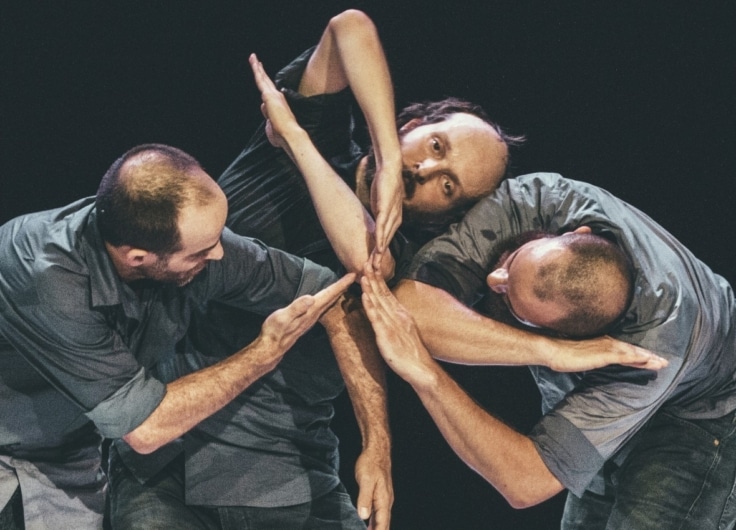Voetvolk: Surrender Without Submission
The first thing you notice about Lisbeth Gruwez is her physical presence, she is extraordinarily mobile yet sophisticated, without ever becoming artificial. Like a plant working its way through soil and bushes, her body explores and conquers the spaces she enters. She can never sit still long either – interviewers all notice that. Searching for a word to describe her most recent show, a few years ago, the Flemish choreographer leaped around the room trying to put her finger on it. More than anything else, it is her body that thinks and speaks. But she is not at a loss for words, she found exactly the term she was looking for. A portrait of a gifted dancer and her compagnon de route
Maarten Van Cauwenberghe – composer and business manager of their company Voetvolk.
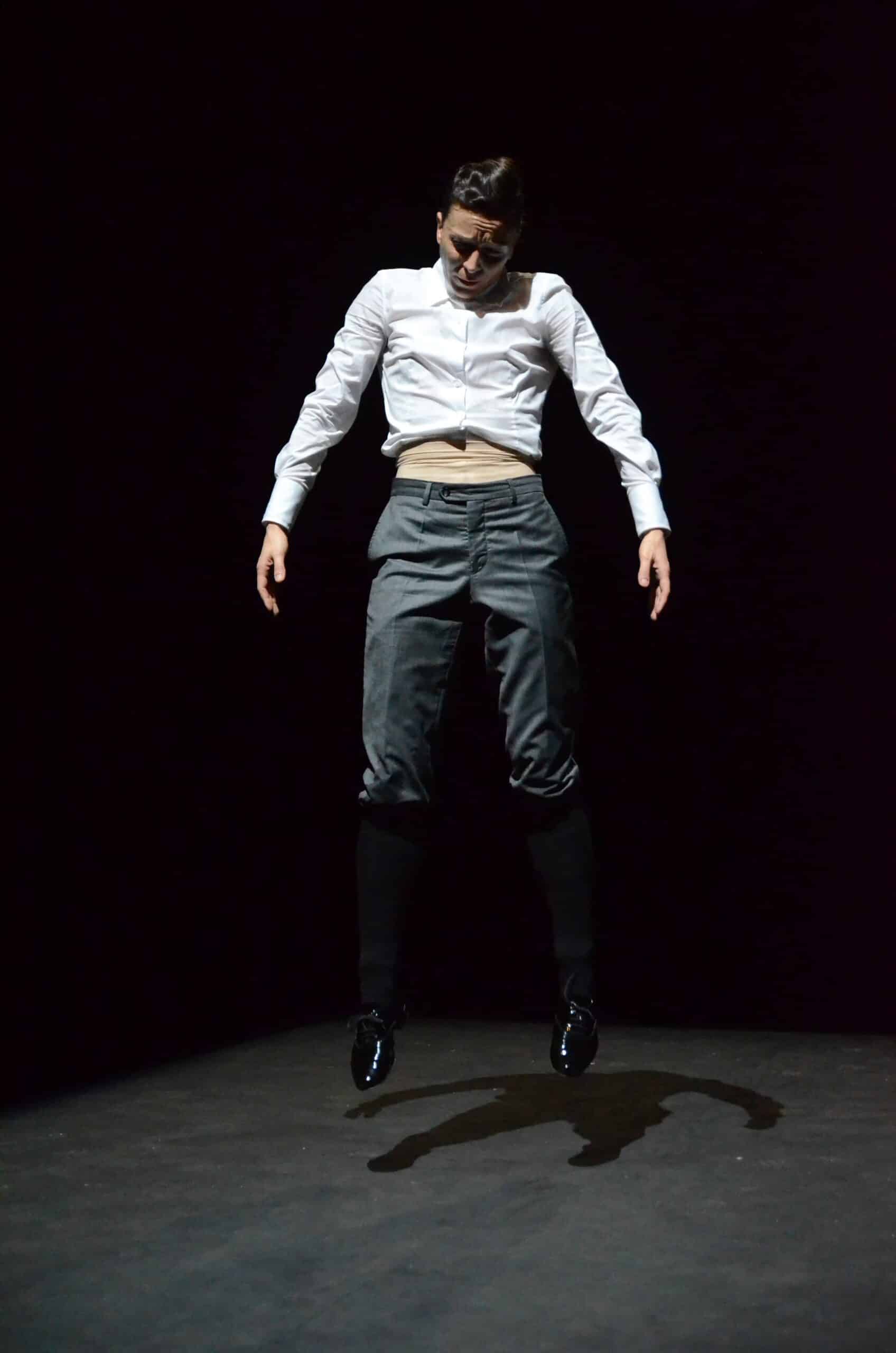 It’s going to get worse and worse and worse, my friend (2012)
It’s going to get worse and worse and worse, my friend (2012)© Luc Depreitere
“No, no break!” Lisbeth shouts to Maarten during a rehearsal at the Venice Biennale. The day before, the second dancer had failed to appear for the performance of We’re pretty fucking far from okay. So now she is practising like crazy to freshen up her famous solo – a choreography with another impossible (but immediately unforgettable) title: It’s going to get worse and worse and worse, my friend. She has got just one day to remember a whole alphabet of movements and synchronise each gesture with fragments from a speech by the ultraconservative American televangelist, Jimmy Swaggart. At a sign from Lisbeth, Maarten makes words and phrases boom from his keyboard. Or is it the other way around? Who is manipulating whom? The two performers have to be perfectly coordinated with each other. A virtuous interplay from calm to agitated to furious, till exhaustion follows. Fortunately, they have played the show more than a hundred and fifty times already, and they know each other through and through. They are brothers-in-arms.
The duo sketch the anecdote directly with their feet. Lisbeth goes straight through it, neither pausing nor batting an eyelid, while Maarten accompanies her, patient as a saint and soothingly calm. The event is recorded for the Flemish television channel Canvas, as part of a film portrait of them. Obviously, their performance was faultless that evening. The Italian audience was wildly enthusiastic. We saw them again in the loge afterwards, exhausted in their chairs, cigarettes as a reward.
Teacher Jan Fabre
Lisbeth (b. 1977) and Maarten (b. 1976) met each other in Jan Fabre’s workshops (yes, him). She has worked at the barre since she was six, with irrepressible enthusiasm from the very beginning. She then went on to study classical dance at the Royal Ballet School in Antwerp, followed by a year at PARTS, the Brussels-based dance school of Anne Teresa De Keersmaeker. But father Gruwez was not keen on his daughter becoming a dancer and, after that one year of higher education, she had to go out to work to continue dancing. And she was successful. First with Wim Vandekeybus and then with Needcompany, Grace Ellen Barkey and Sidi Larbi Cherkaoui, amongst others – big names in the Belgian dance world. Her effort and body control, and the expressive quality of her dancing were highly appreciated. Navigating between the different artists, she did not allow herself to be limited to any one company.
Jan Fabre was a fantastic teacher for her. He had great respect for her improvisations and gave her the chance to tour with long series of performances in which she could continue to experiment with the movements. She does not like to dance exactly the same way twice preferring to be caught up in the moment and, as it were, reinvent the movements. She was completely at home in As long as the world needs a warrior’s soul (2000) – feeling like a warrior herself at the time. Quando l’uomo pricipale è una donna (2004) – in which she dances in a puddle of thirteen litres of olive oil that first patters on the floor in drops and then pelts down in gushes – was such a success that her performance in the exhibition Danser sa vie in the Centre Pompidou in Paris (2011) was projected larger than life. Her perfect execution of the movements in the slippery liquid is nothing less than virtuosity. With Gruwez it is never about being alluring, she is way past that, it is pure dance and movement. In her eyes there is the frank warning: don’t look at my nakedness, see the lightness, the playfulness and the mastery. Total surrender, but not submission.
Unique company
Maarten Van Cauwenberghe, DJ and composer of electronic and digital music, is the second powerful element of the ensemble. He qualified as a business engineer in Leuven but studied guitar at the Jazzstudio in Antwerp as well. For every new creation, Maarten gets behind his mixing table and lets Lisbeth hear some music. They always start like that. They see their collaboration as a conversation between physical and auditory movements, and a search for symbiosis between them. Maarten participates in the rehearsals and workshops too. As a choreographer, Lisbeth likes to work with untrained dancers, so the creative process is always accompanied by an immersion in her dance language, with Maarten indicating the mood and the beat.
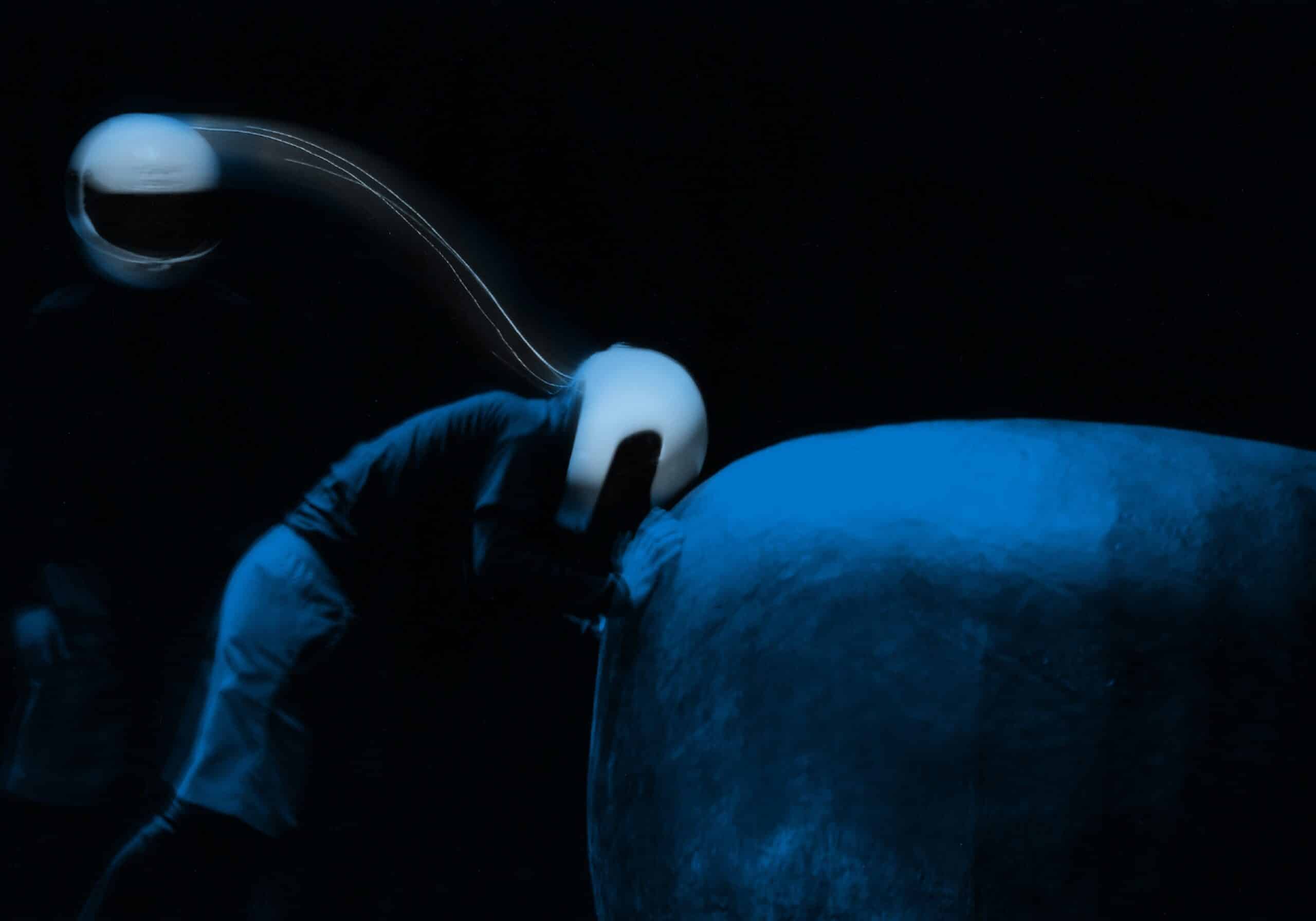 Forever Overhead (2007)
Forever Overhead (2007)© Luc Depreitere
They founded their company, Voetvolk, in 2006. ‘Voetvolk’ literally means ‘foot soldiers’ or ‘rank and file’. They chose the name as a reference to people who use their bodies, as dancers do. Their first creation was Forever Overhead (2007), that was followed by Birth of Prey (2008), HeroNeroZero (2010) and It’s going to get worse and worse and worse, my friend (2012). That fourth production put them on the contemporary dance map, not just in Belgium but abroad as well. They made a very individual mark with it, incomparable with other Belgian dance companies (which is not easy in the land of Rosas). Meanwhile they have already performed the production one hundred and sixty times. In Castello Malaspina di Fosdinovo, in Italy, they performed it at nine in the morning for an extremely exclusive audience: Albert II & Paola, the former Belgian King and Queen.
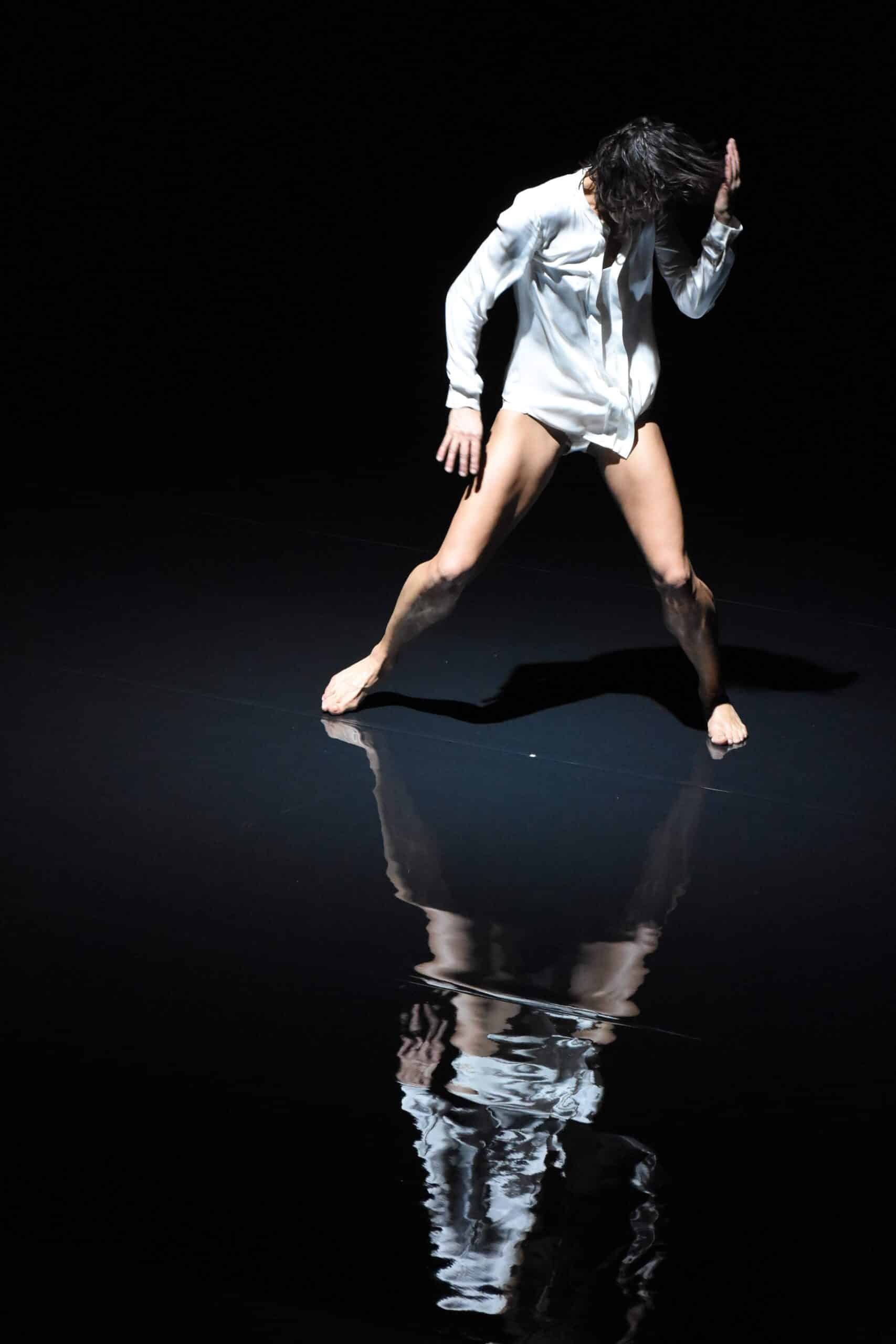 Lisbeth Gruwez dances Bob Dylan (2015)
Lisbeth Gruwez dances Bob Dylan (2015)© Luc Depreitere
The tandem first put more dancers on the stage with AH/HA (2014), the second show in the trilogy of the ecstatic body. The performance is about laughter, from tentative snigger to unbridled roaring laughter. In Lisbeth Gruwez dances Bob Dylan (2015), Gruwez danced solo again, with Maarten in the background literally playing records by the famous songwriter. Her physical inspiration is fascinating – and yet so natural. Now and then she snacks on a banana to maintain her energy level.
We’re pretty fuckin’ far from okay (2016) is the third and last show in the triptych about ecstasy. The performers, Lisbeth Gruwez and Wannes Labath, zoom in on what fear does to the body, from tormented expression and increased heartbeat to superficial, fitful breathing. Fear is a body in trance, reduced to its instincts. Maarten Van Cauwenberghe adds a soundscape of irregular breathing to the movements on stage, and the audience pants along with it nervously. Emotion is physical too. This show has been performed fifty times in six countries. Most of Voetvolk’s productions remain in their repertoire, and the landscape is looking ever more international. France, Spain and Italy were immediate fans. But now they have won over Canada, Germany and, finally, the Netherlands too. In the meantime, they have performed in thirty countries altogether.
Master of every gesture
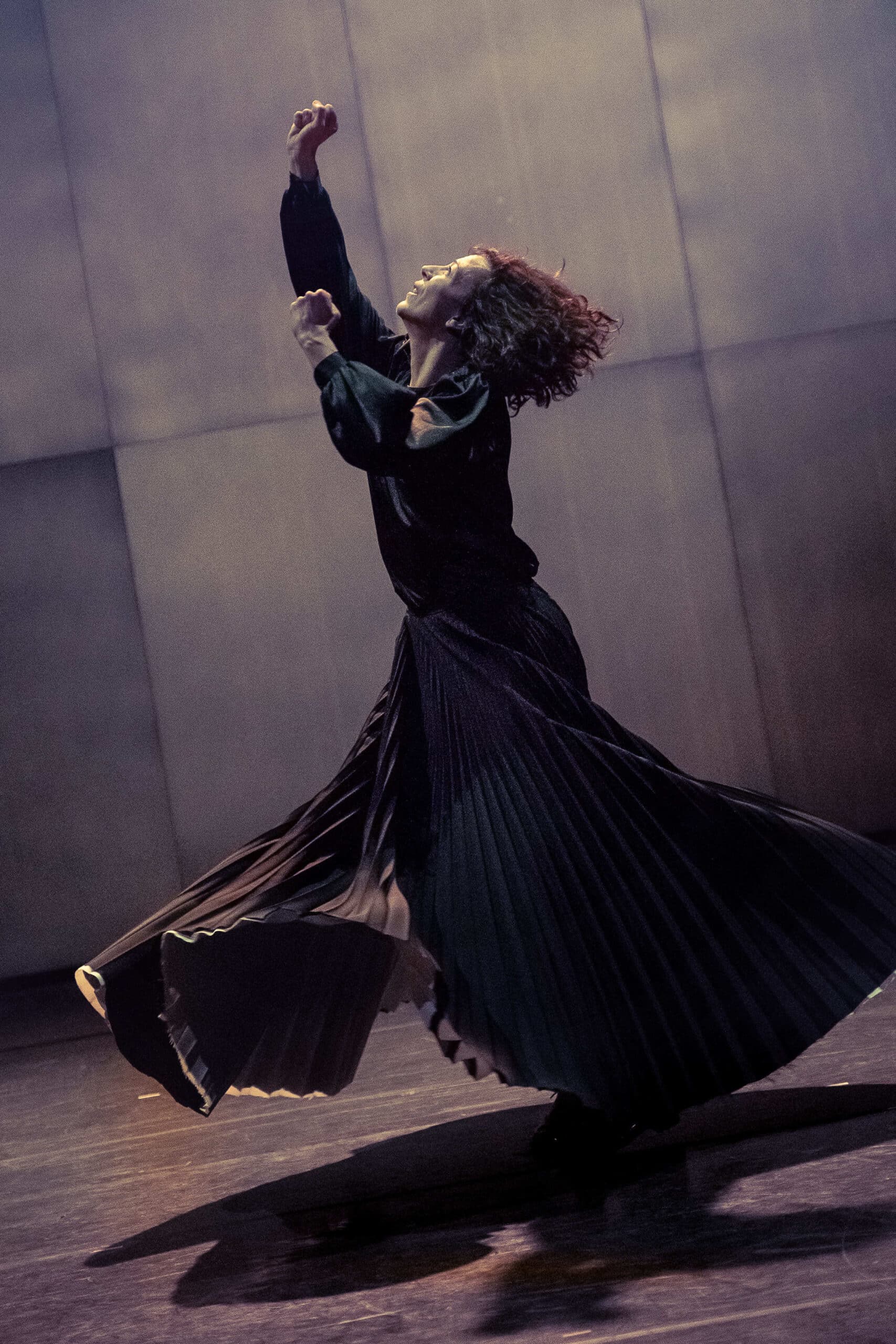 Penelope (2017)
Penelope (2017)© Danny Willems
The broad public reach has to do, perhaps, with the expressionist slant of Voetvolk’s shows. Thoughts and feelings are translated physically, without the abstraction of hermetic minimalism. Add to this Lisbeth Gruwez’ extraordinary stage presence. She is the perfect master of each of her gestures and her tempestuousness never tempts her to act with anything but precision. You see her perform the most graceful dance phrases on the stage, while staring intently into the hall. Go on, look at me, but I am looking at you too. She has a way of being both controlled and wild, two contrasting characteristics that she weaves together smoothly. Above that perfectly controlled body her hair is not pulled back tightly into a little bun, instead her dark brown curls swing loose. Free and joyful.
In Penelope
(2017) Lisbeth Gruwez once again performs solo – she likes to switch between bigger and smaller works. It gives her the space to work something out slowly. After twenty-four hours during which twenty-four men tell the whole story of Odysseus, she offers the simplest possible response. Dancing around her axis for twenty minutes, she breaks the verbal excess with a wordless epilogue. The waiting and longing become a spiral of standing still yet moving at the same time. An ode to the women sidelined for eternity in the endless war.
With Voetvolk’s newest creation, The Sea Within (2018), Gruwez stands, for the first time, beside the dancefloor as the choreographer. Ten female dancers explore the fluidity of a crowd, moving likes waves over a sea-grey carpet. Although it seems more like they surge in the space, looking a lot like colourful anemones, gambolling seahorses, wriggling fish. Rocking with the tides, they swerve wildly at times, are swallowed up again in the group, and in the waves. Here, too, there is a swelling and fading away of movements and intensity, a dynamic that recurs in many of Voetvolk’s pieces. A breath of life that swells, beats, chafes, searches, crashes and falls still again, in an eternal in-and-out, up-and-down movement. A beating heart.
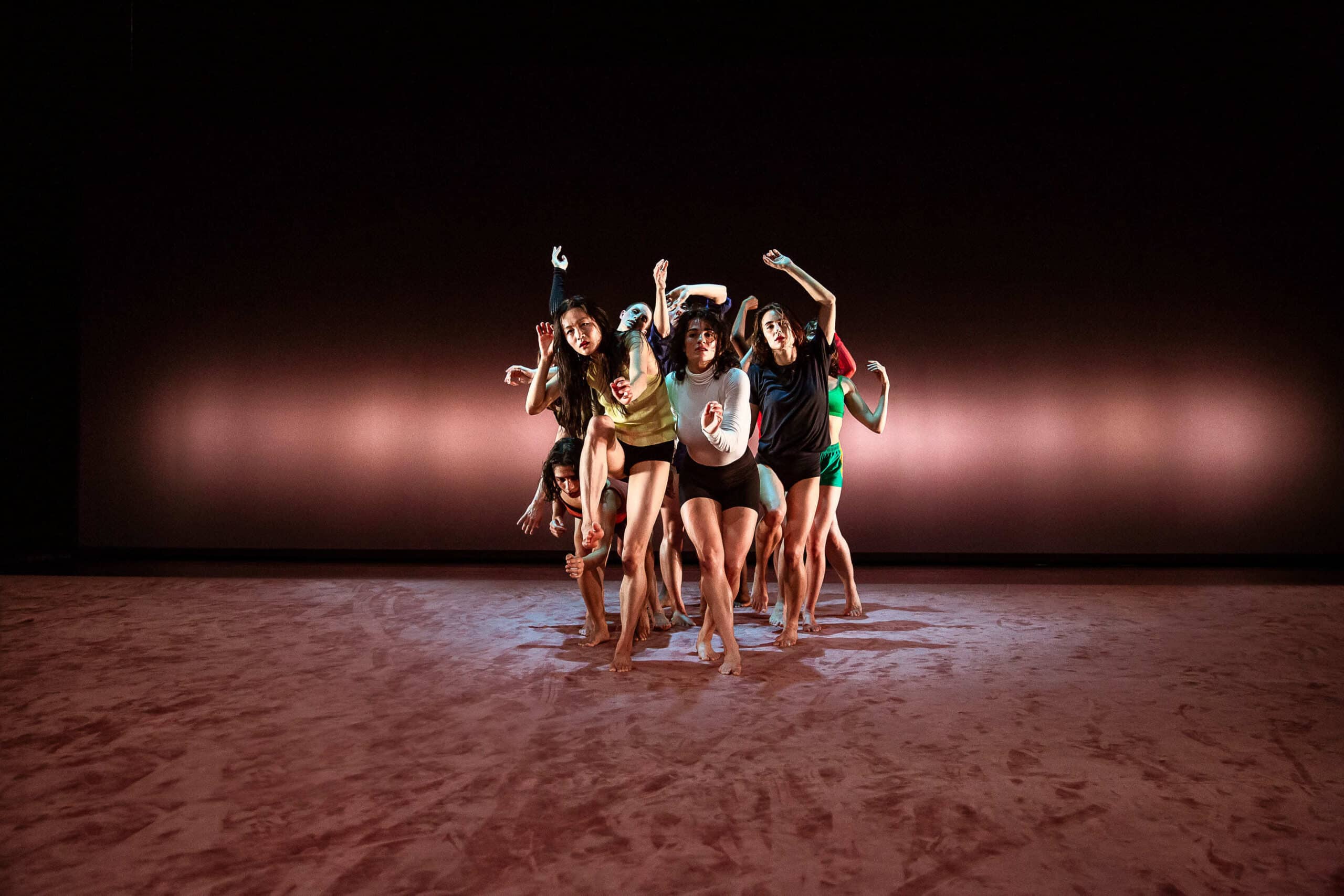 The Sea Within (2018)
The Sea Within (2018)© Danny Willems
Dancing to know yourself
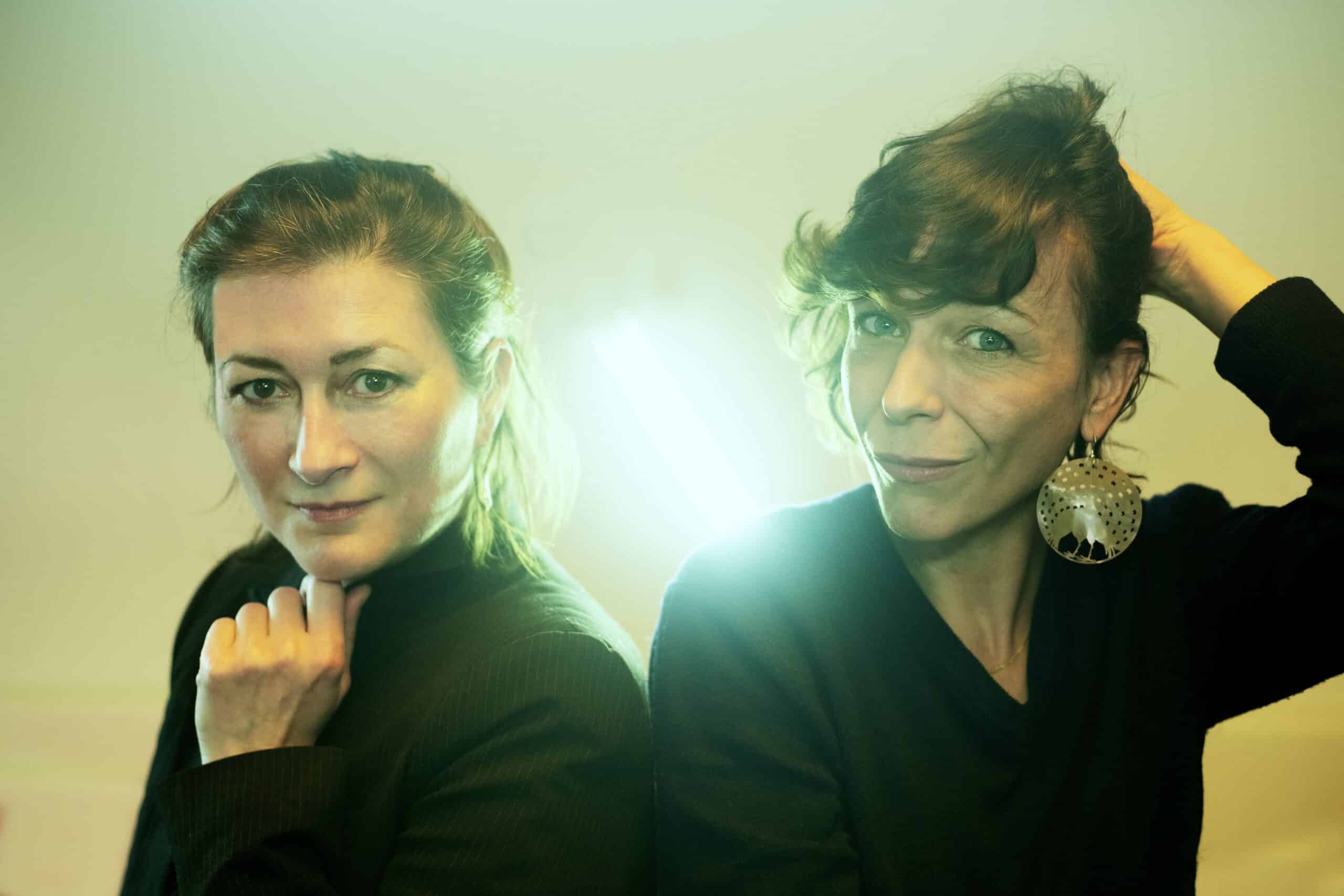 Claire Chevalier and Lisbeth Gruwez
Claire Chevalier and Lisbeth Gruwez© Alex Vanhee
‘For me, dancing is a way of getting close to the soul’, says Lisbeth Gruwez in a book about twenty years of Parts (Anne Teresa De Keersmaeker’s dance school). Virtuosity without substance makes her sad, she says. ‘Dancing is a way to get to know myself better, but it’s also a way of sending good energy into the world with my body.’
In the solo she is working on now, Lisbeth Gruwez explores the preludes and studies of French composer Claude Debussy, with pianist Claire Chevalier. A step into unknown – classical – terrain. Something to look forward to.



